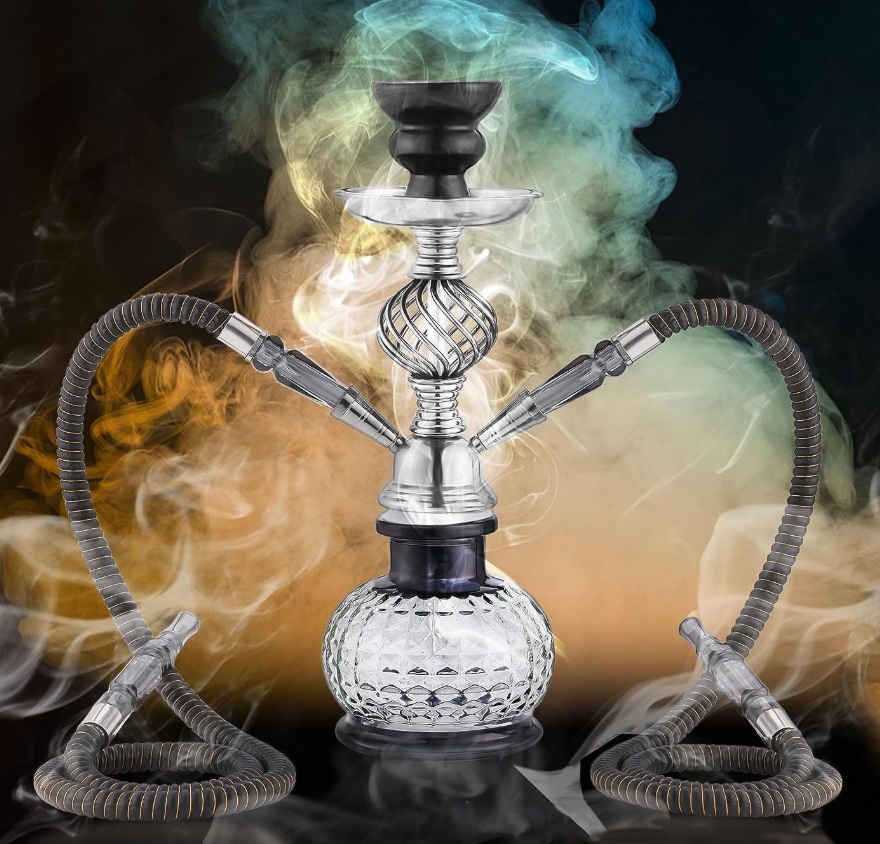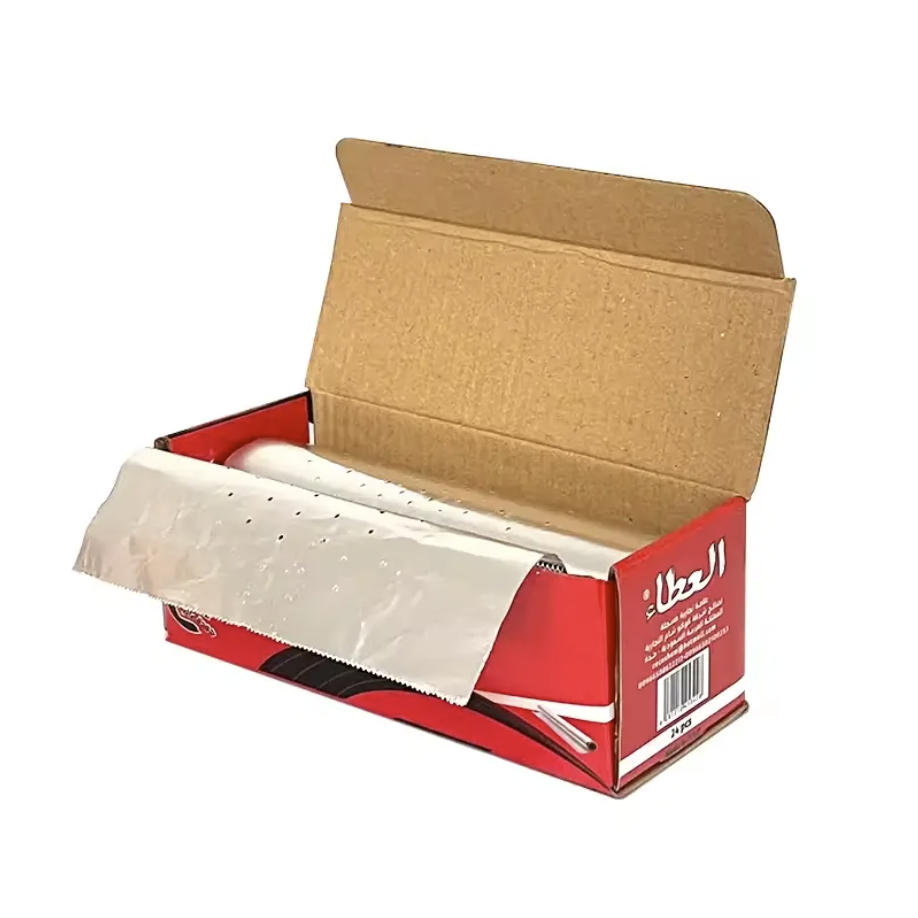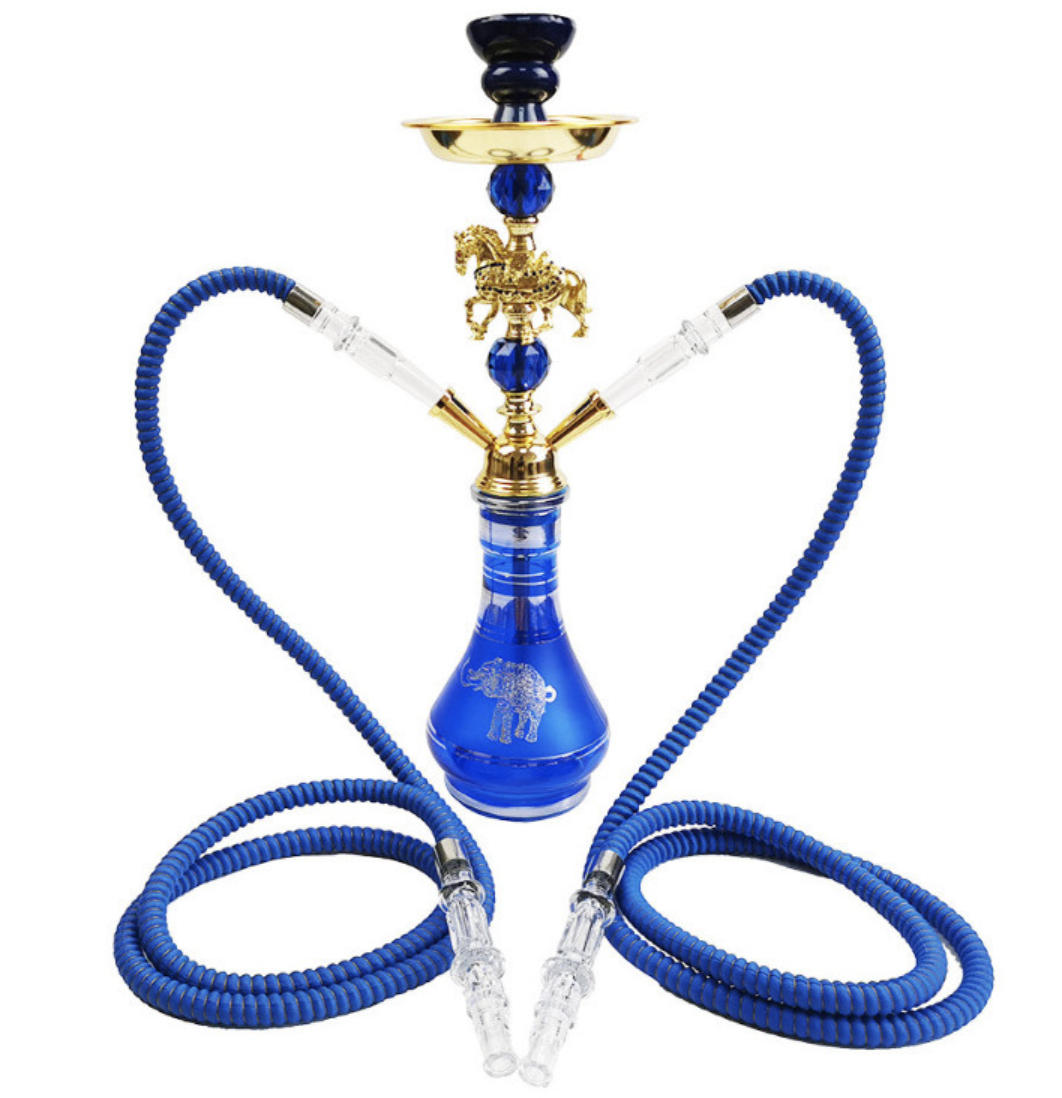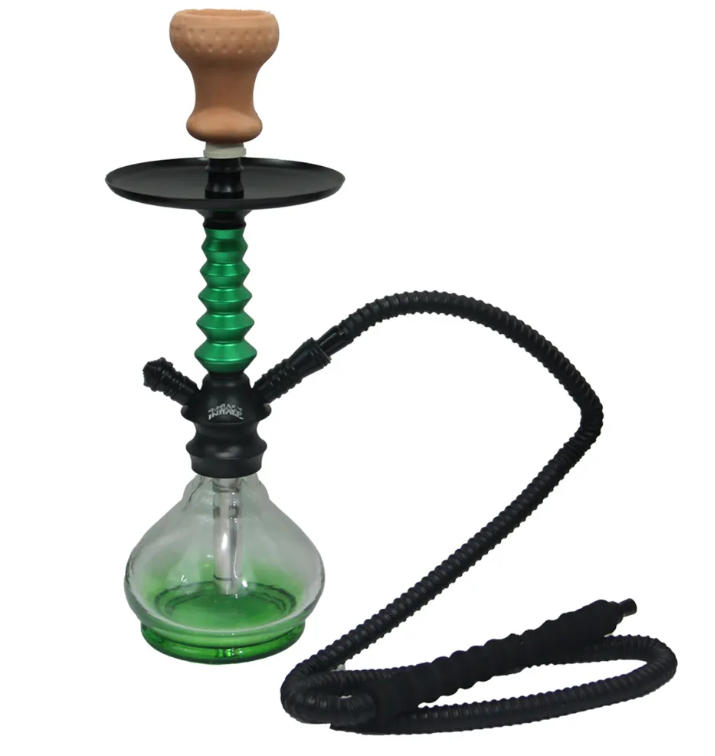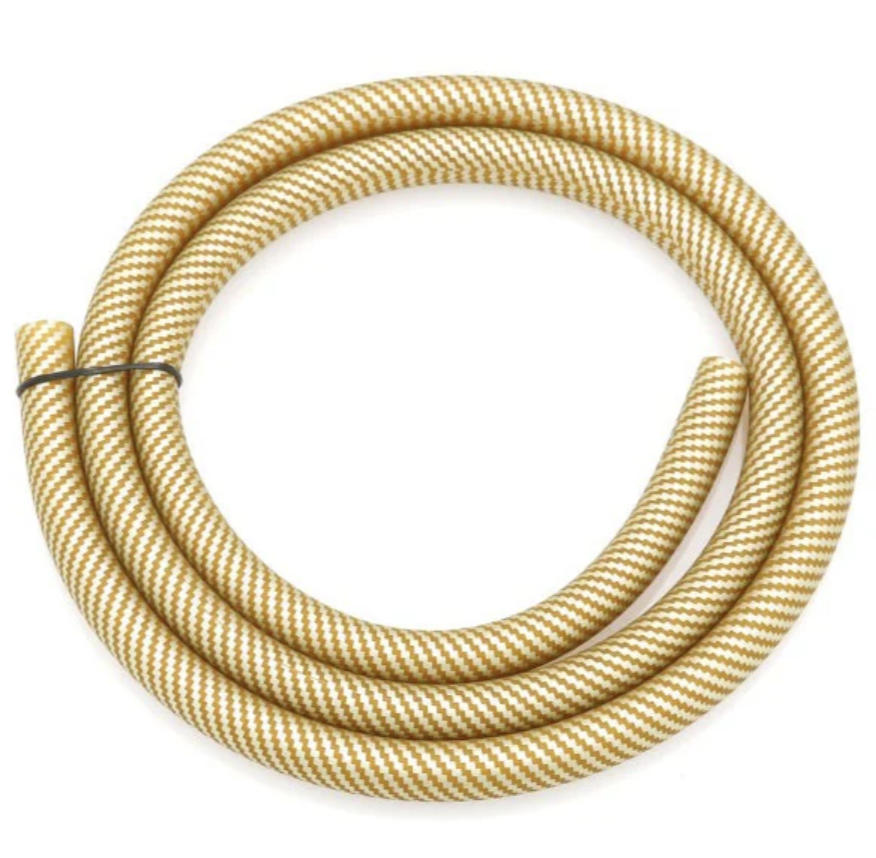where did hookah originate?
Table of Contents
-
Introduction
-
Conclusion
Introduction
Hookah, also known as shisha or water pipe, is a cultural and social tradition enjoyed by millions worldwide. Its aromatic clouds and intricate designs have captivated enthusiasts, from cozy hookah lounges to vibrant social gatherings. But where did hookah originate? Understanding its roots offers insight into its enduring appeal and cultural significance. In this article, we’ll trace the history of hookah, explore its evolution, and provide actionable tips for enthusiasts, drawing on my experience in the hookah wholesale industry to ensure accuracy and depth.
The Historical Origins of Hookah
The question of where hookah originated often points to India during the Mughal Empire in the 16th century. Historical records suggest that the hookah, or huqqa, was invented by Hakim Abul Fateh Gilani, a physician in the court of Emperor Akbar. Gilani aimed to reduce the health risks of smoking by passing tobacco smoke through water, believing it would purify it. This innovation marked the birth of the hookah as we know it.
However, some historians argue that similar smoking devices existed earlier in Persia or even ancient Egypt, where water-filtered pipes were used for smoking herbs. According to a 2013 study published in the Journal of Cultural Research, archaeological evidence of water pipes in the Middle East predates the Mughal period, suggesting a broader regional origin. Regardless, India formalized the hookah’s design, blending functionality with artistry.
In my work with hookah wholesalers, I’ve seen replicas of early Mughal hookahs, often adorned with intricate engravings, showcasing the craftsmanship of that era. These historical designs continue to inspire modern hookah aesthetics, connecting today’s users to centuries-old traditions.
Cultural Significance Across Regions
Hookah’s journey from its origins to a global phenomenon is a testament to its cultural adaptability. In the Middle East, particularly in countries like Egypt, Turkey, and Iran, hookah became a cornerstone of social life. Cafés in Cairo and Istanbul became hubs for intellectual discussions, with patrons enjoying hookah tobacco flavored with molasses and fruit.
In Persia, the qalyān was a symbol of hospitality, often offered to guests as a gesture of goodwill. In South Asia, hookah lounges were synonymous with royal gatherings, where nobles smoked while discussing politics and poetry. The cultural significance of hookah is also evident in its terminology: “shisha” (Arabic for glass) refers to the water base, while “narghile” (Persian for coconut) hints at early designs using coconut shells.
My visits to hookah lounges in Dubai and Istanbul revealed how deeply ingrained hookah is in local traditions. For example, in Dubai, lounges like Sahara Hookah Lounge blend traditional flavors with modern aesthetics, attracting both locals and tourists. This cultural fusion underscores hookah’s ability to bridge past and present.
Evolution of Hookah Design and Use
The hookah’s design has evolved significantly since its inception. Early hookahs were made from wood, coconut shells, and brass, with simple clay bowls for tobacco. By the 18th century, artisans in the Ottoman Empire introduced glass bases and ornate metalwork, transforming hookahs into status symbols. The introduction of flavored tobacco, or mu‘assel, in the 19th century revolutionized hookah smoking, making it more palatable and socially inclusive.
Modern hookahs, like those from brands such as Khalil Mamoon and Al Fakher, feature stainless steel stems, silicone hoses, and heat management devices for enhanced durability and ease of use. Innovations like portable hookah sets and electric hookah heads have further broadened its appeal, catering to younger audiences and tech-savvy users.
In my wholesale business, I’ve noticed a surge in demand for compact, travel-friendly hookahs, reflecting changing consumer preferences. Data from the World Hookah Market Report (2022) indicates that the global hookah market is projected to grow at a CAGR of 5.8% from 2023 to 2030, driven by innovations in design and flavor.
Modern Hookah Culture and Global Spread
Today, hookah culture thrives in diverse settings, from hookah lounges near me to global festivals. In the United States, cities like Houston, Miami, and New York boast vibrant hookah scenes, with lounges like Pushkin Hookah Lounge & Bar in San Diego earning rave reviews for their ambiance and flavor variety. Europe, too, has embraced hookah, with Berlin and London hosting trendy shisha bars that blend Middle Eastern aesthetics with Western flair.
The rise of social media has amplified hookah’s popularity, with influencers showcasing hookah flavors and smoke tricks on platforms like Instagram and TikTok. However, this global spread has sparked debates about health risks. The World Health Organization (WHO) notes that a one-hour hookah session can expose users to the smoke equivalent of 100 cigarettes, though non-tobacco shisha options are gaining traction.
My experience supplying hookah shops has shown that customers increasingly seek tobacco-free hookah products, reflecting a shift toward health-conscious choices. This trend aligns with the growing popularity of hookah vape pens, which offer a smoke-free alternative.
Practical Tips for Hookah Enthusiasts
For those eager to dive into the world of hookah, here are actionable tips to enhance your experience, grounded in my expertise:
-
Choose Quality Equipment: Invest in a durable hookah set, such as the Amy Deluxe Hookah, known for its sturdy build and smooth draw. Ensure the base is airtight to prevent leaks.
-
Select the Right Tobacco or Alternative: Opt for premium brands like Al Fakher or Starbuzz for rich flavors. For a nicotine-free option, try herbal shisha from Fumari. Popular flavors include Double Apple and Love 66.
-
Master the Setup: Fill the base with water until it covers about 1 inch of the stem. Use a heat management device like the Kaloud Lotus to regulate coal heat, ensuring even burning. Check out this guide on how to set up a hookah for detailed steps.
-
Maintain Your Hookah: Clean the hose and base after each use with warm water and a brush to prevent flavor ghosting. Replace worn-out parts like hoses or seals promptly.
-
Experiment with Flavors: Mix flavors like Blue Mist and Mint for a refreshing twist. Avoid overloading the bowl to ensure smooth smoke.
-
Visit Reputable Lounges: Seek out well-reviewed hookah lounges near me for a professional experience. Check platforms like Yelp for ratings and flavor offerings.
These tips stem from years of working with hookah enthusiasts and suppliers, ensuring you enjoy a safe and satisfying session.
Conclusion
The question of where did hookah originate unveils a rich tapestry of history, culture, and innovation. From its roots in Mughal India to its global presence in modern hookah lounges, hookah has evolved while retaining its social charm. By understanding its origins and following practical tips, enthusiasts can fully appreciate this timeless tradition. Whether you’re a seasoned smoker or a curious beginner, exploring the world of hookah offers a journey through history and flavor. So, light your coals, choose your shisha, and enjoy the experience responsibly.


